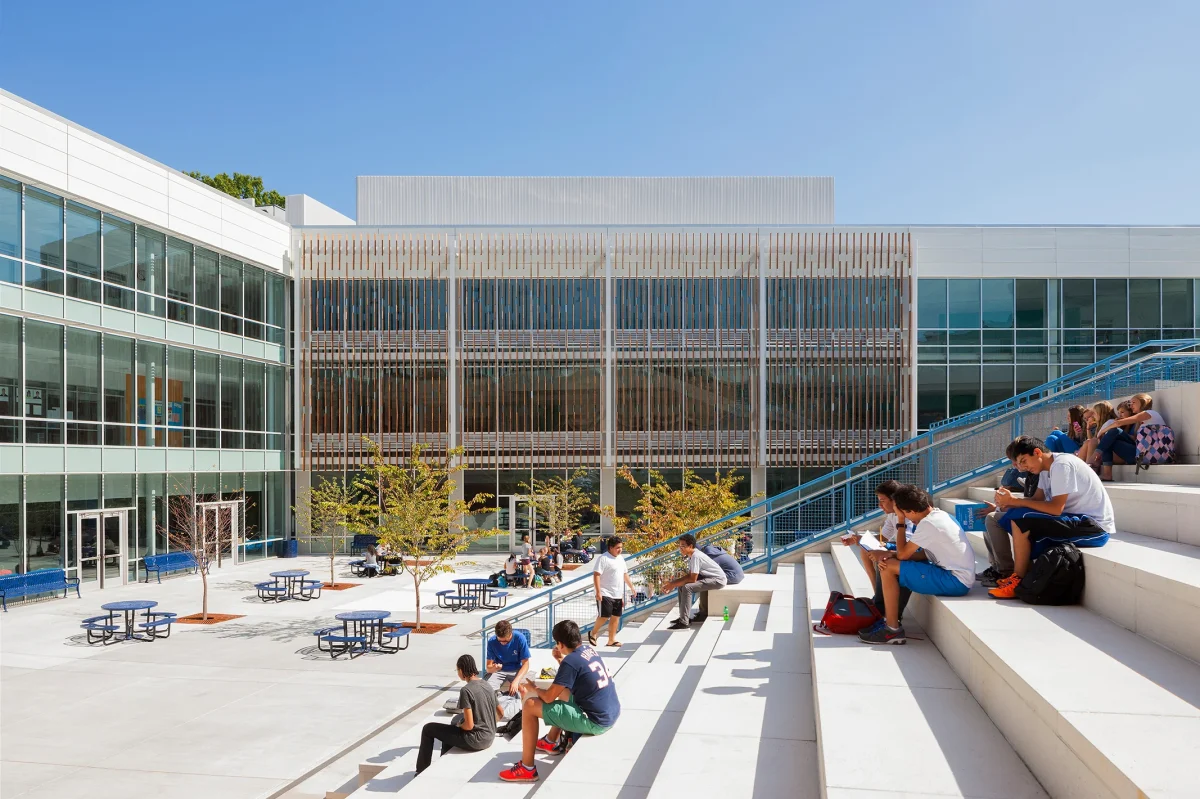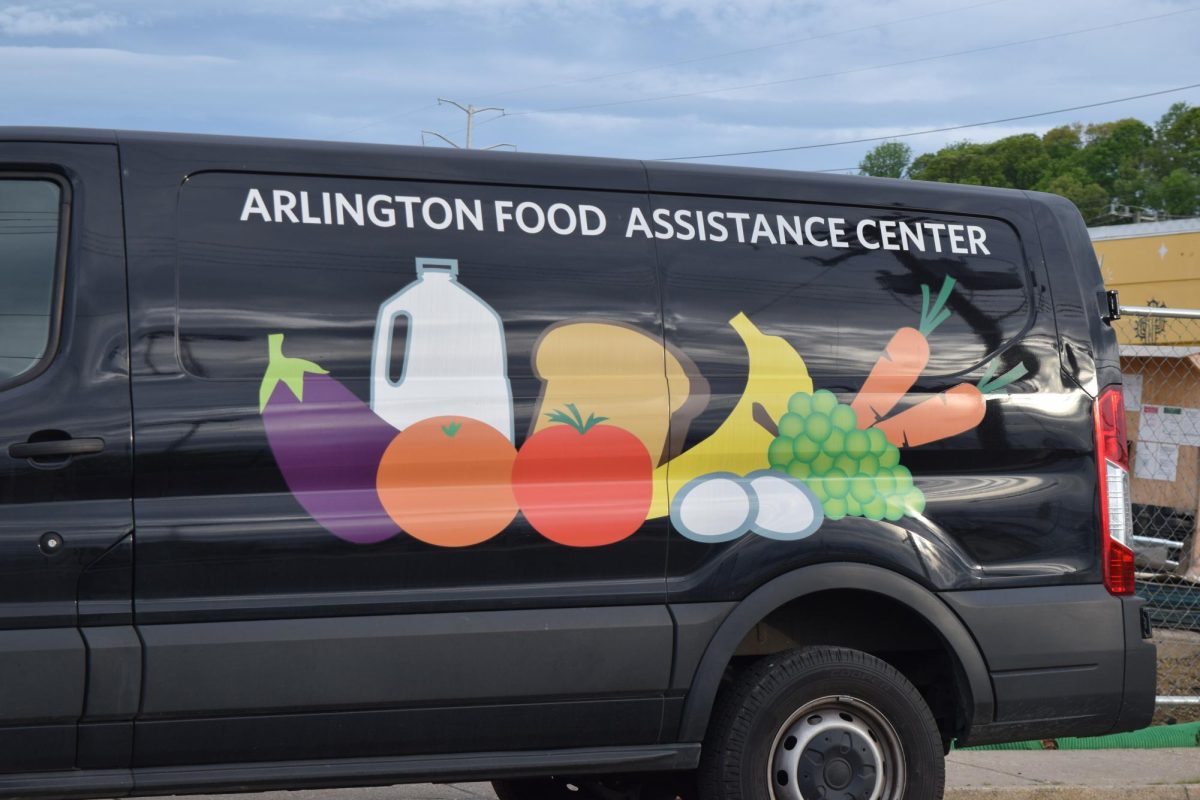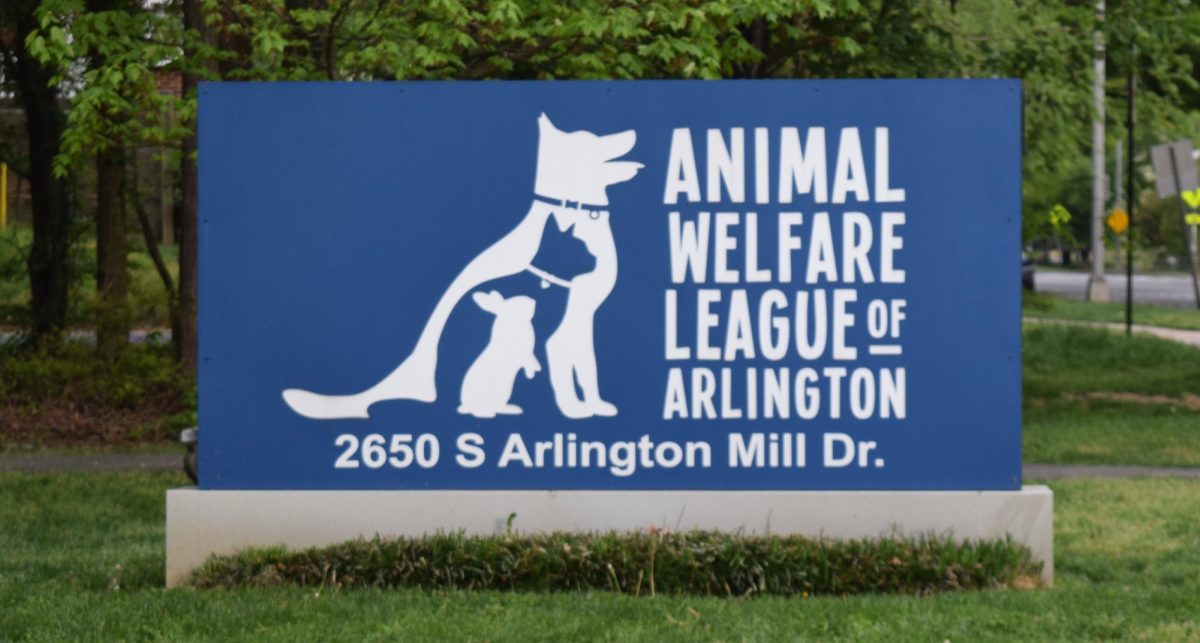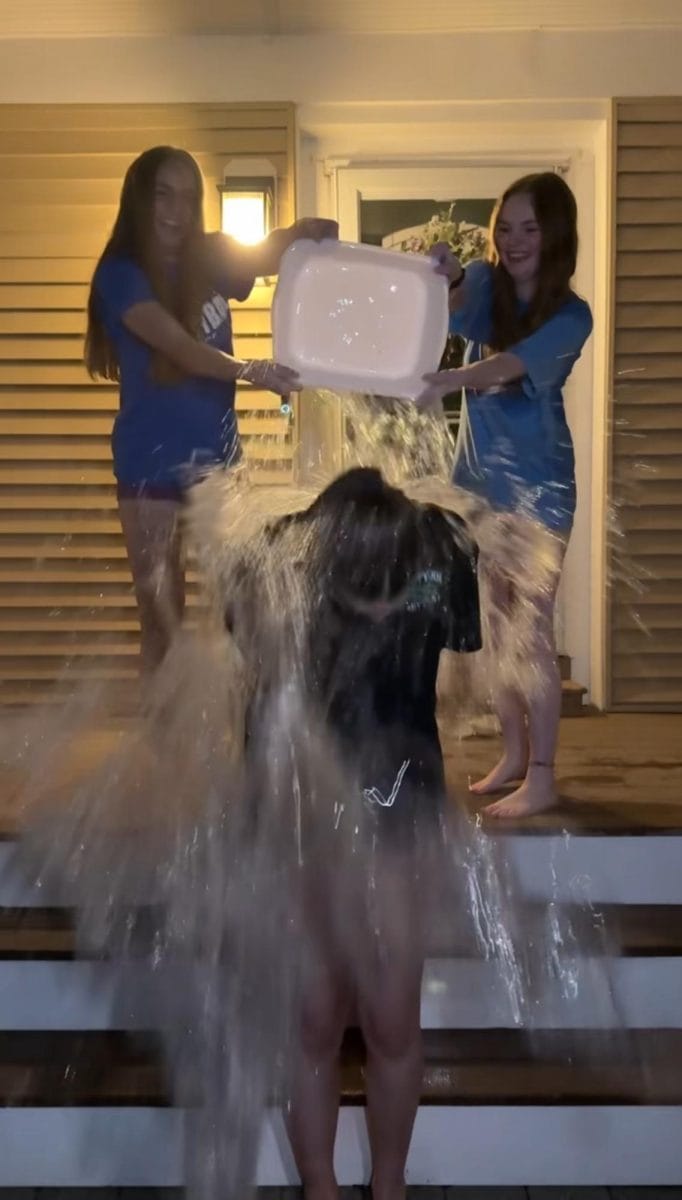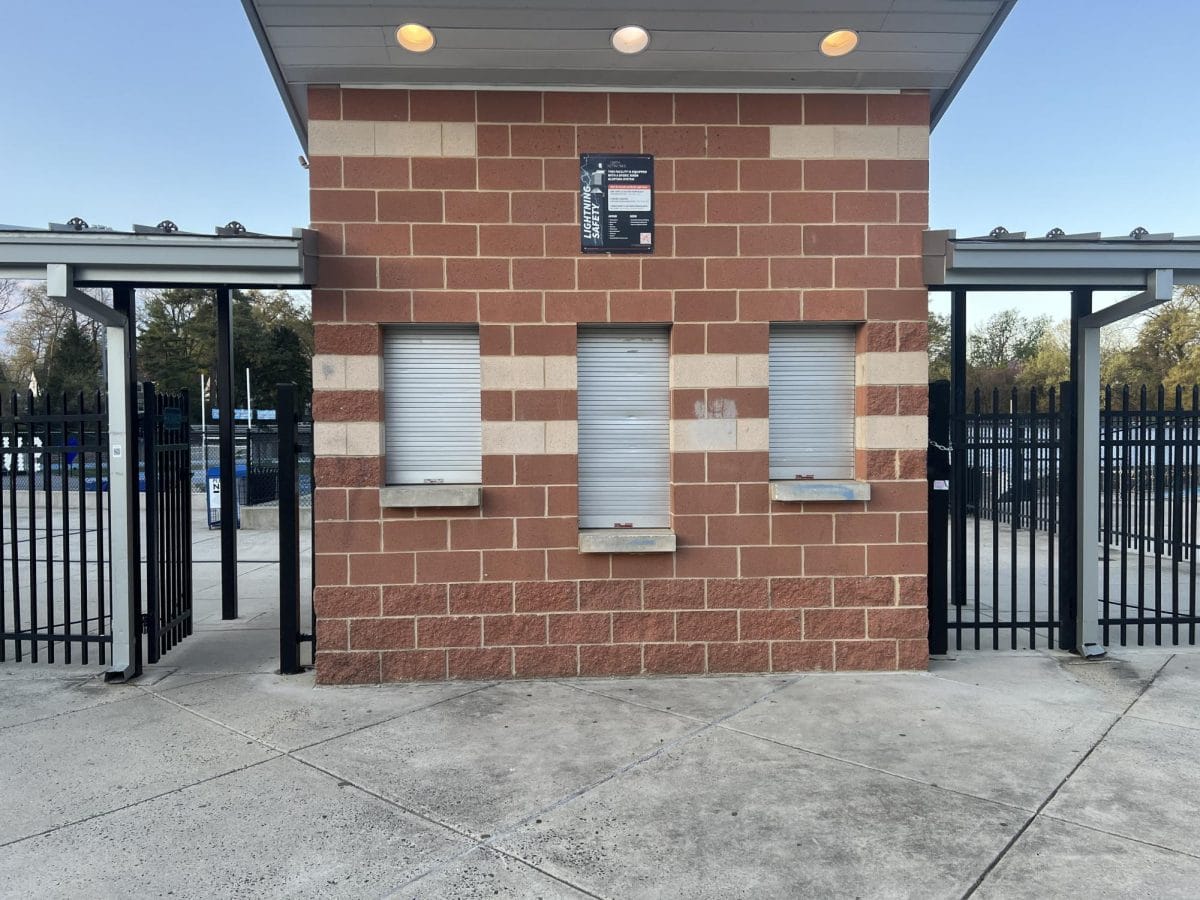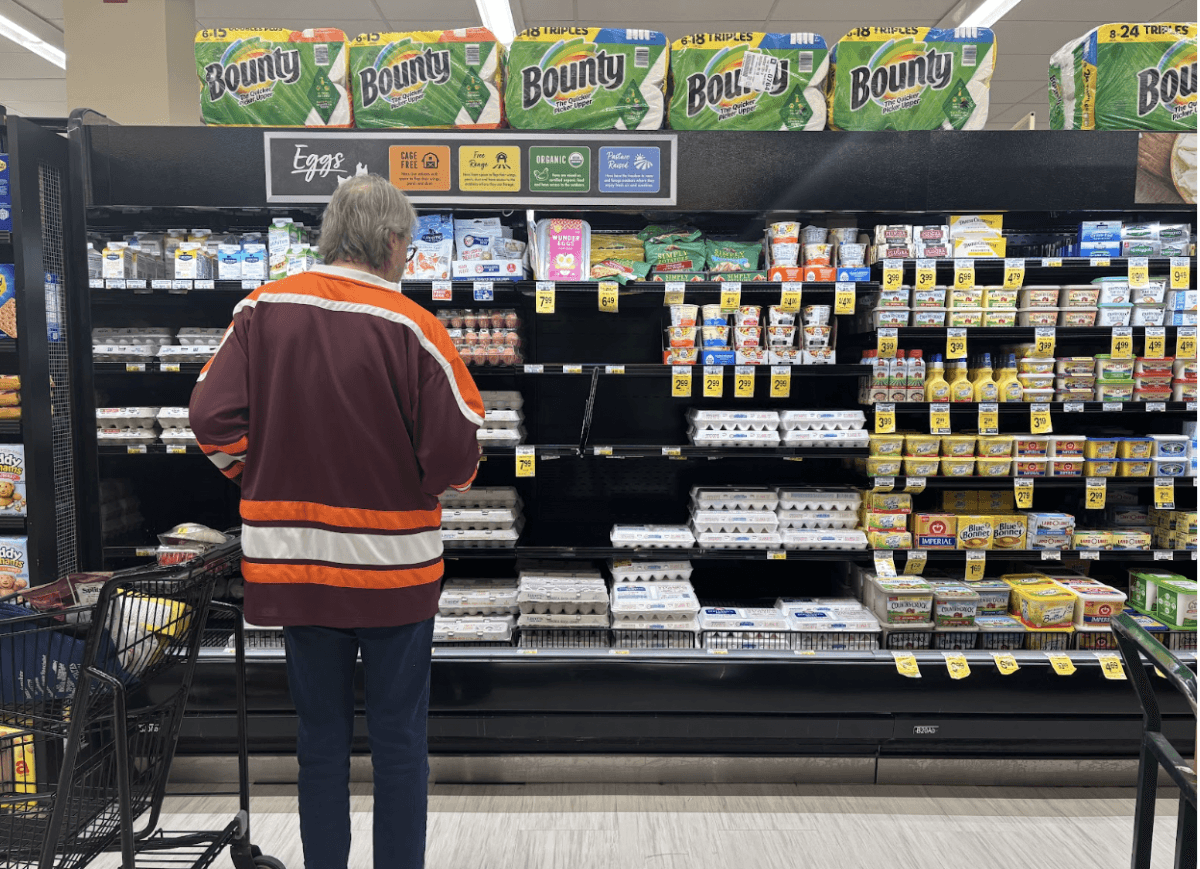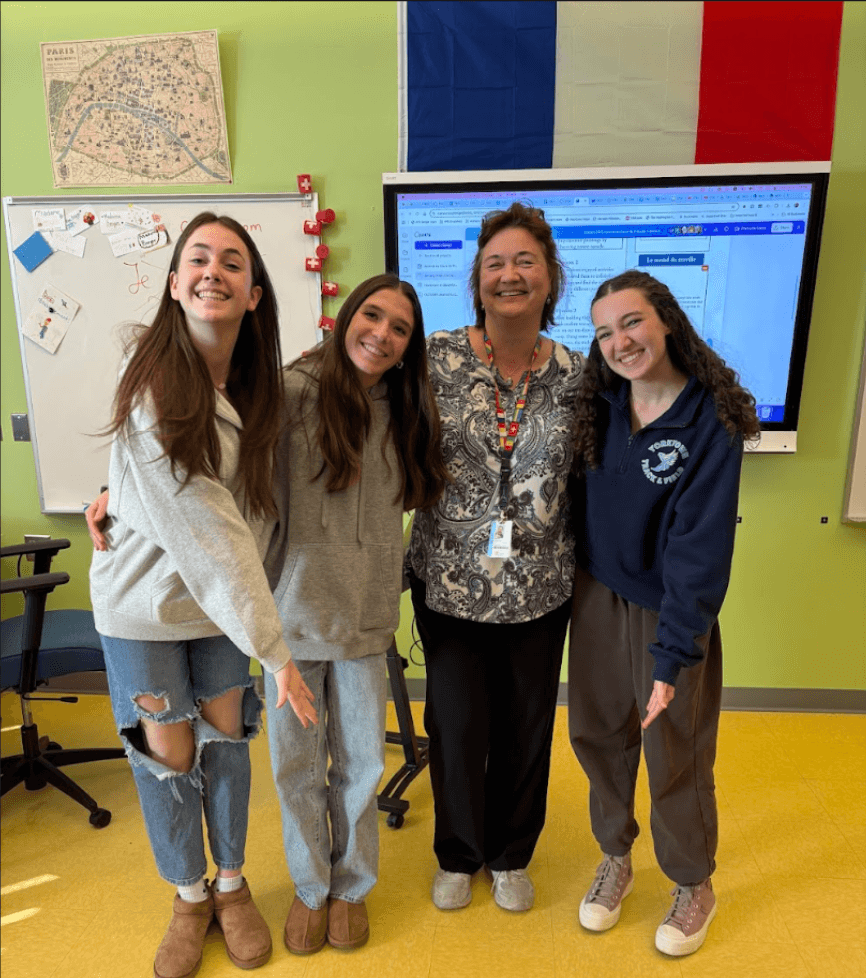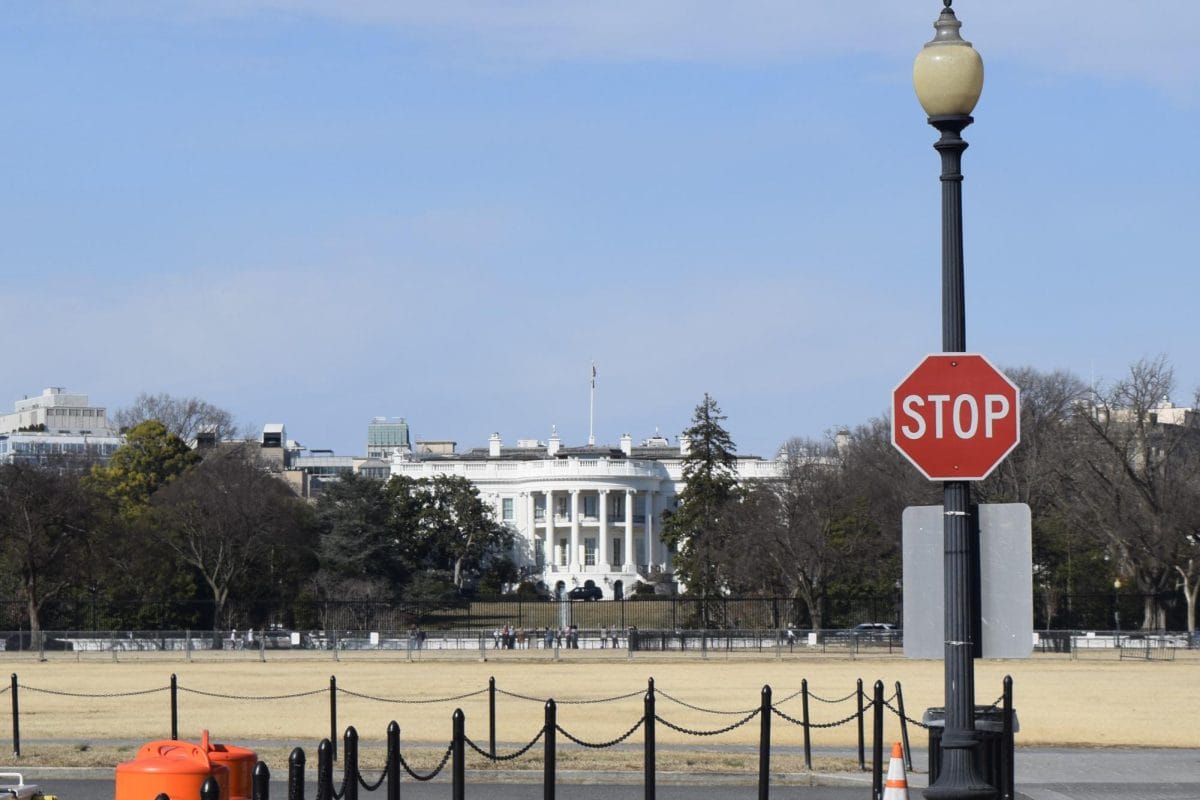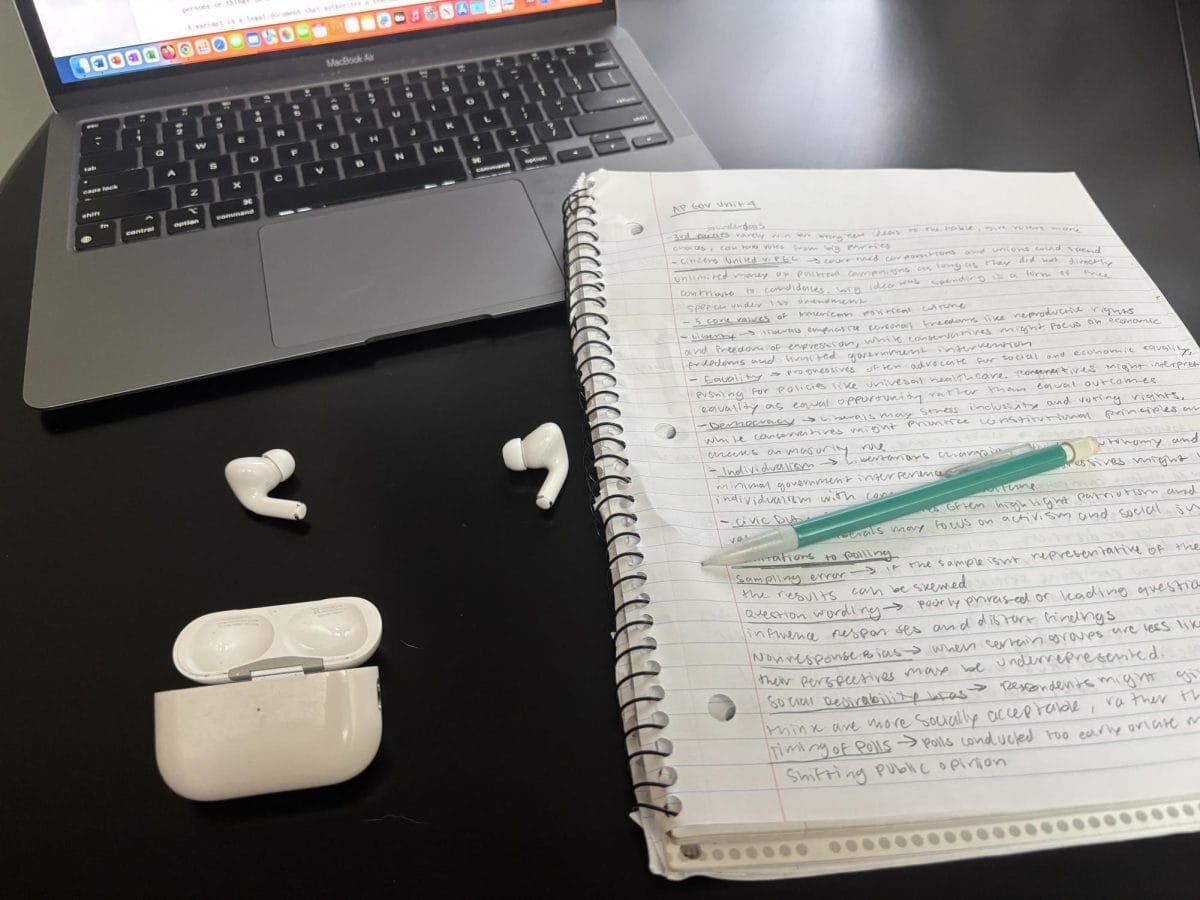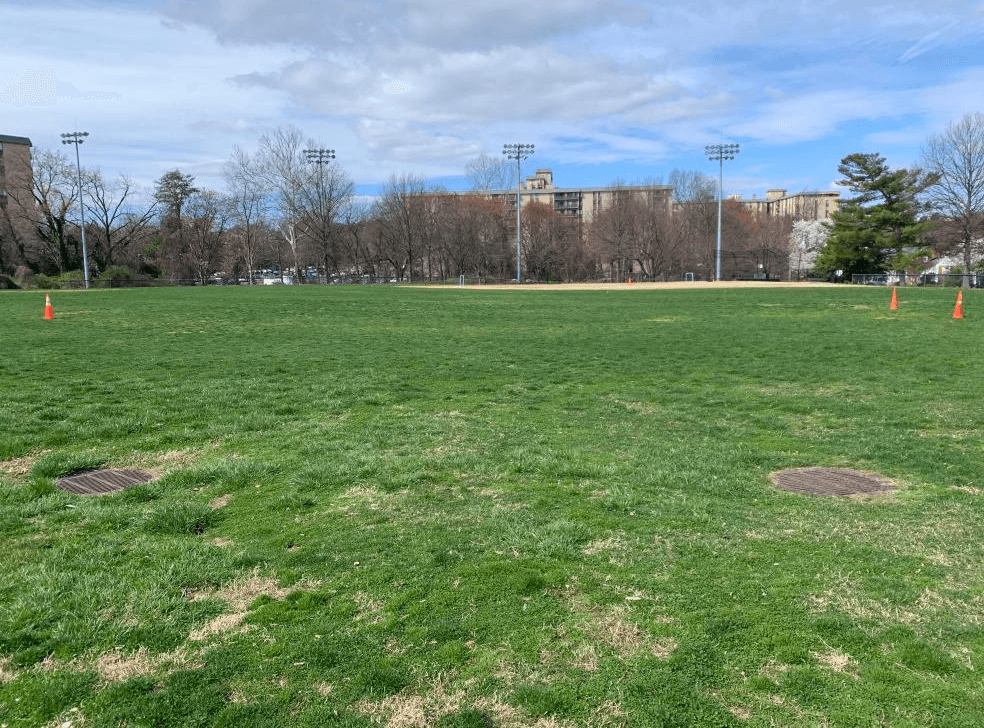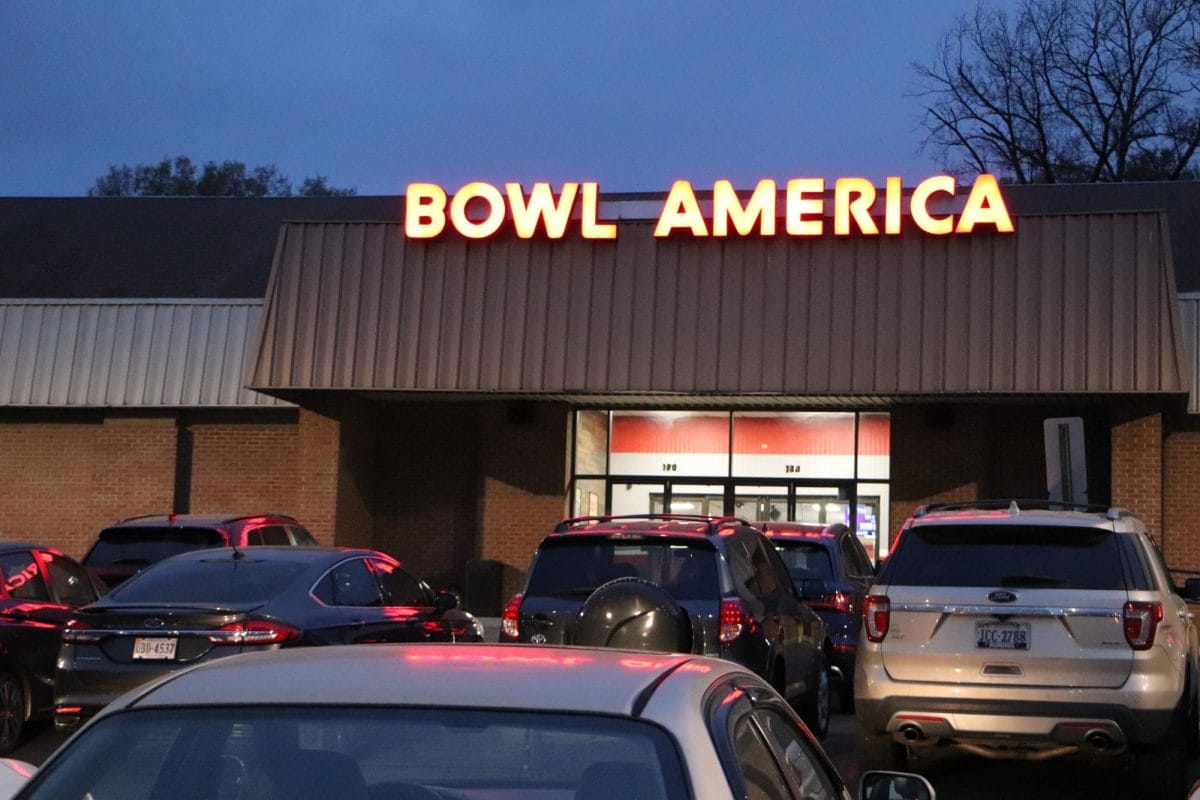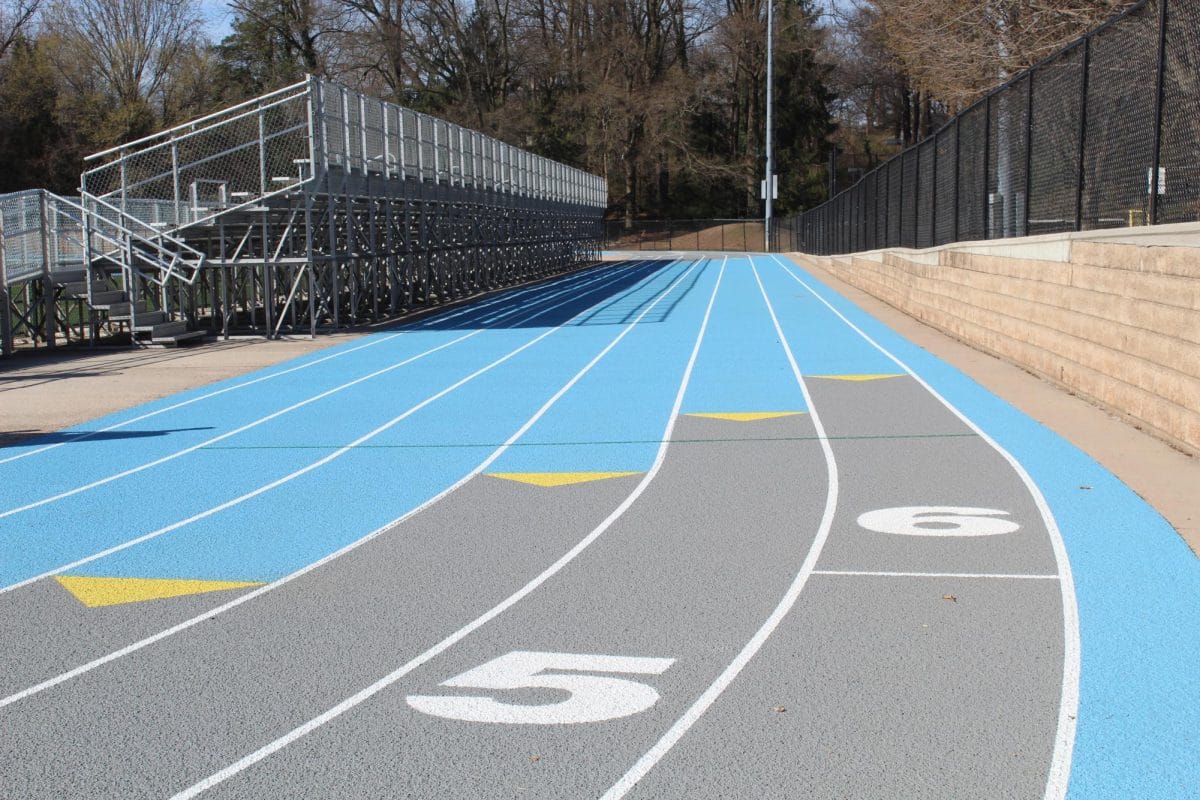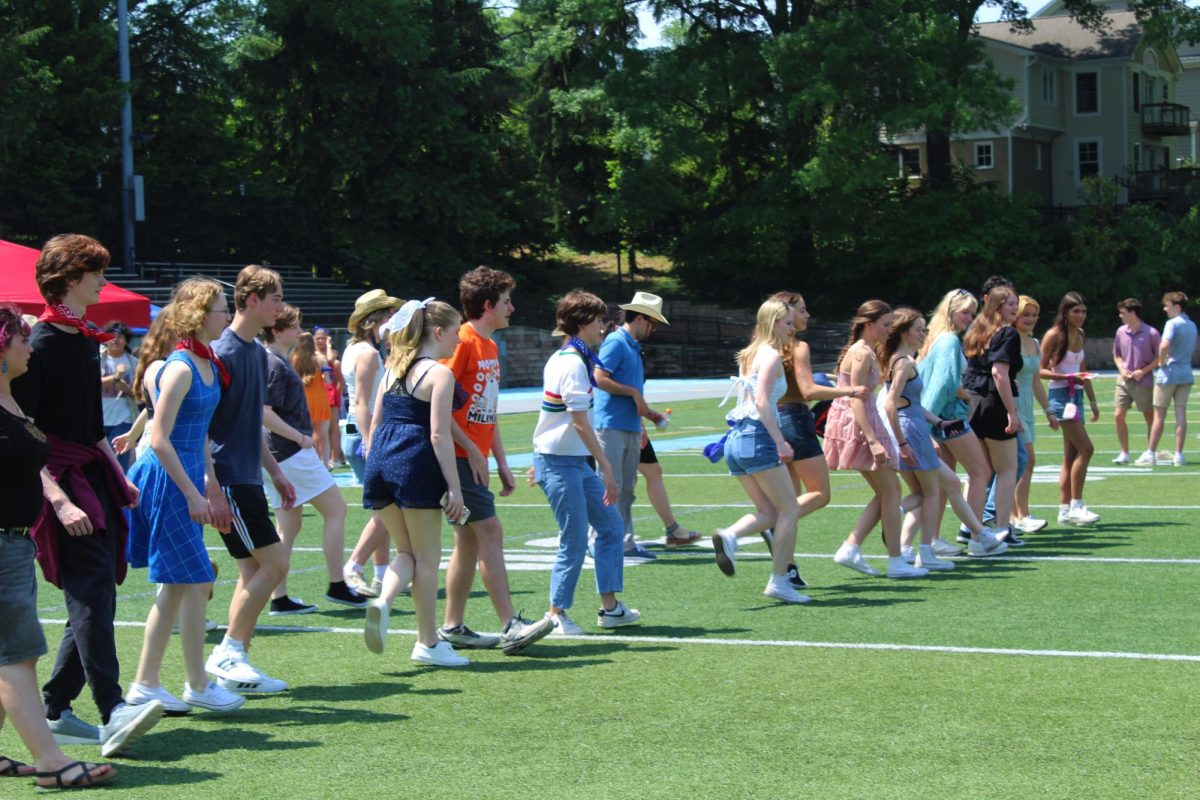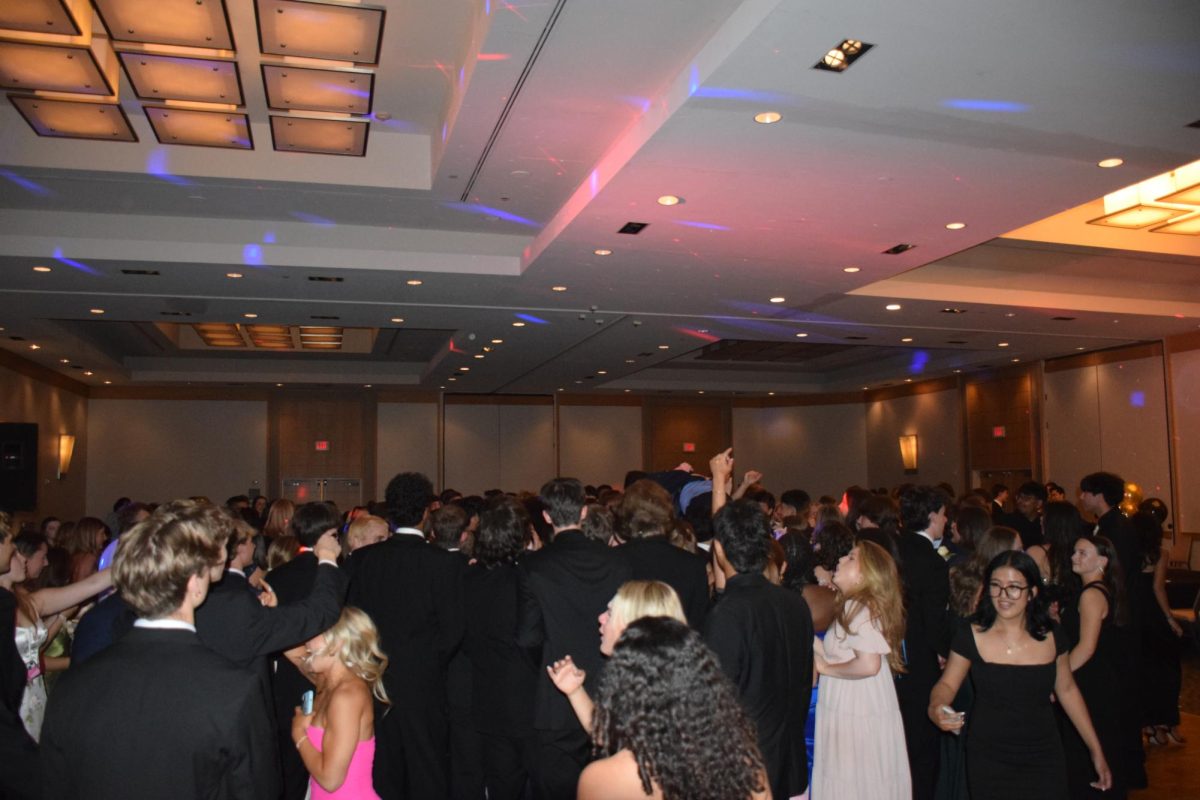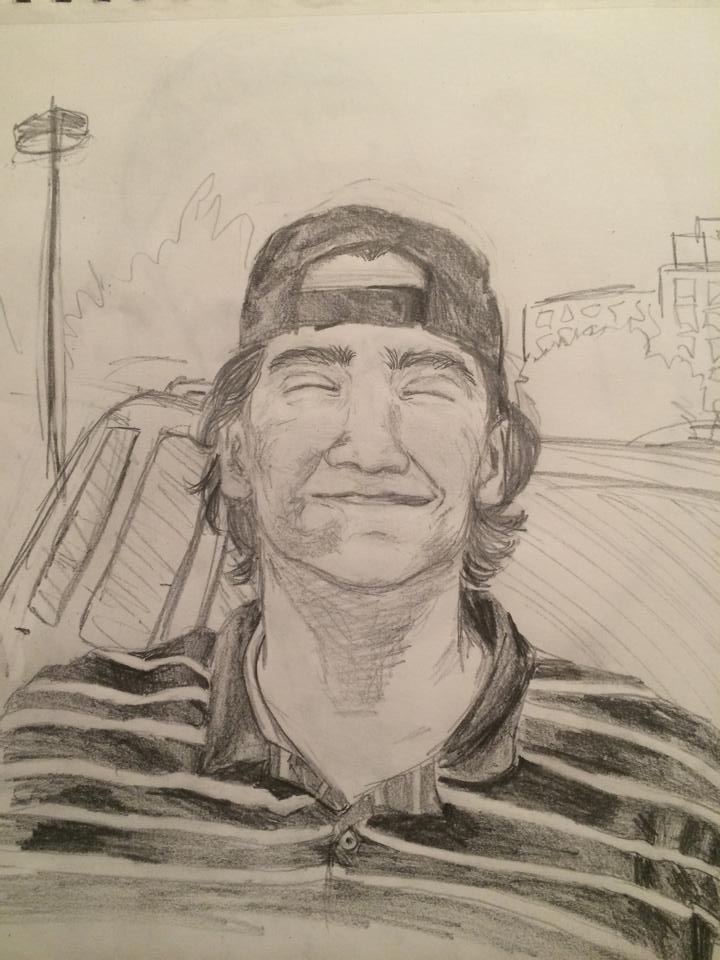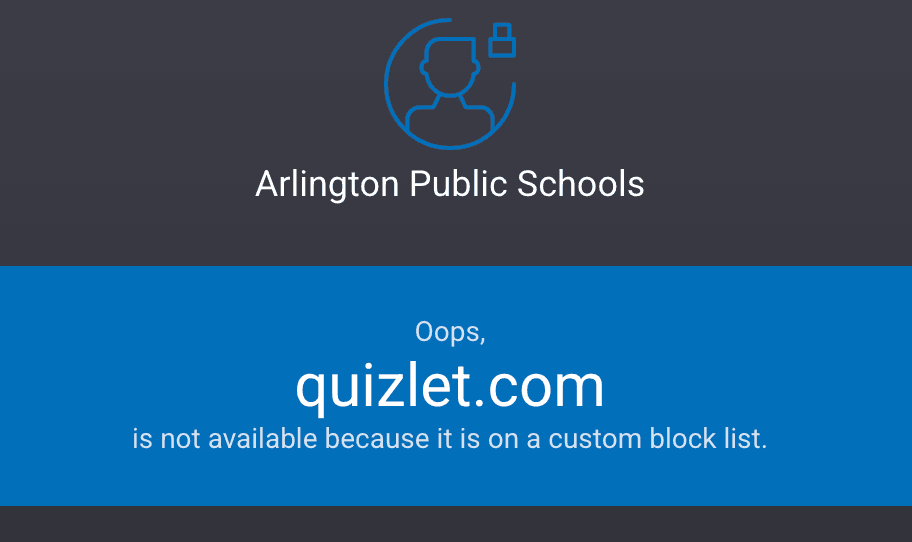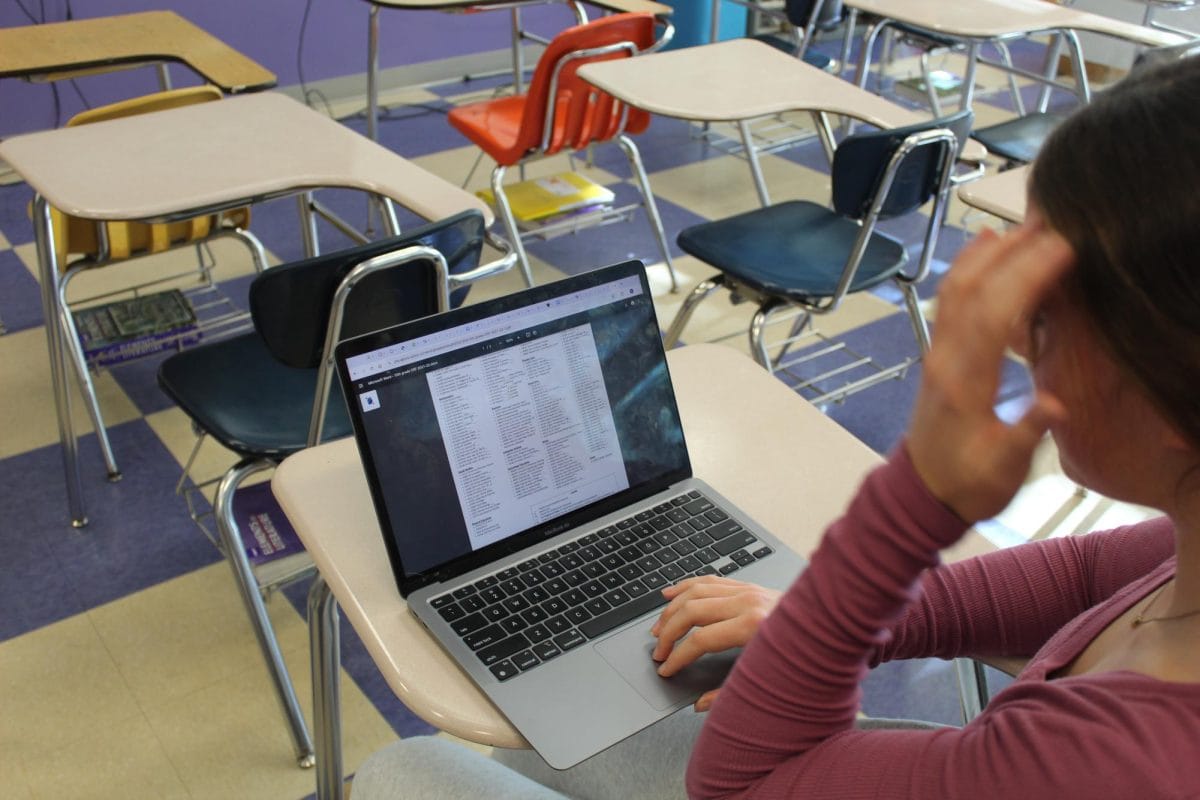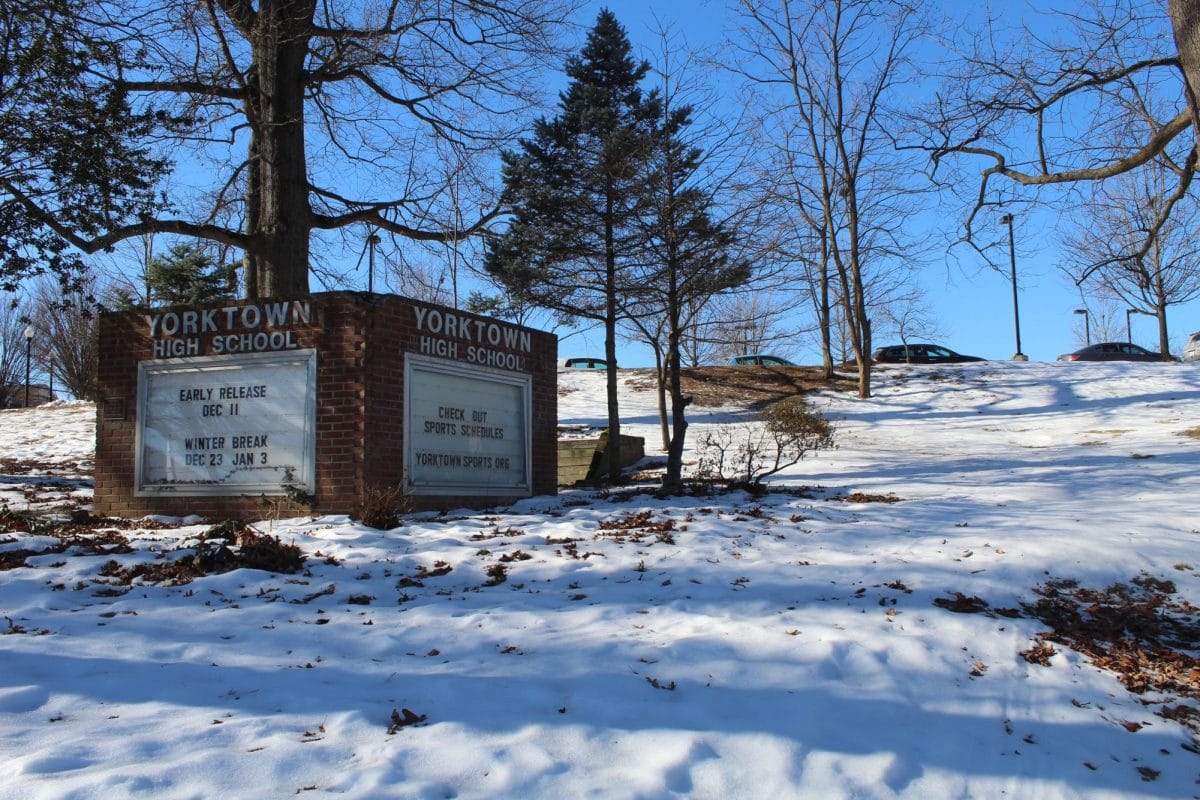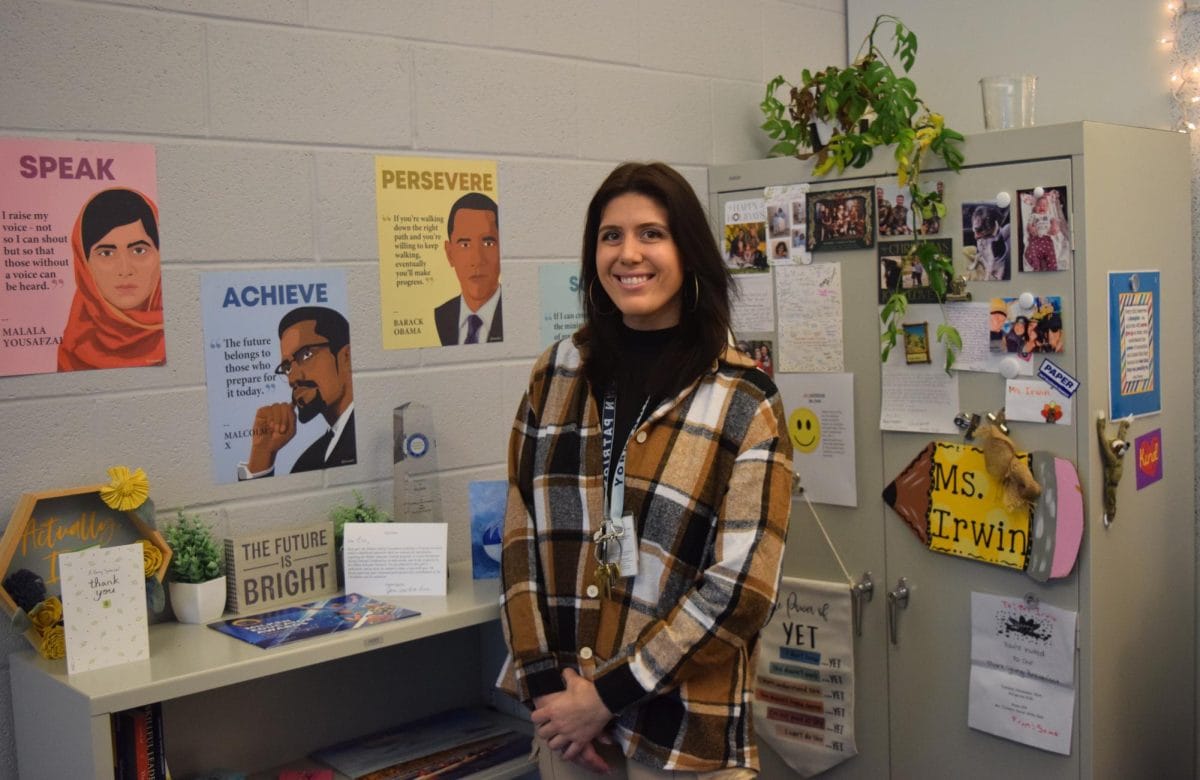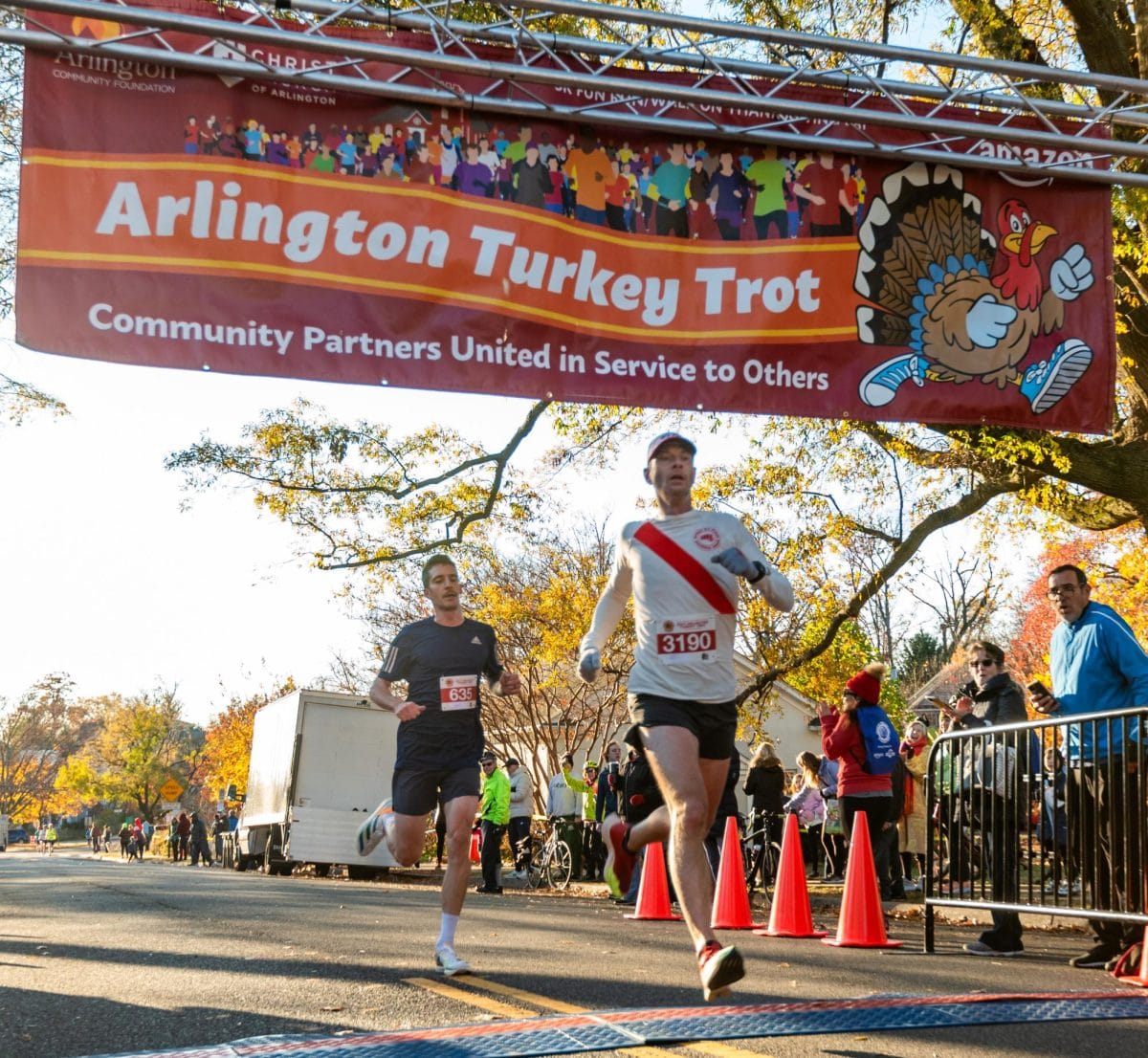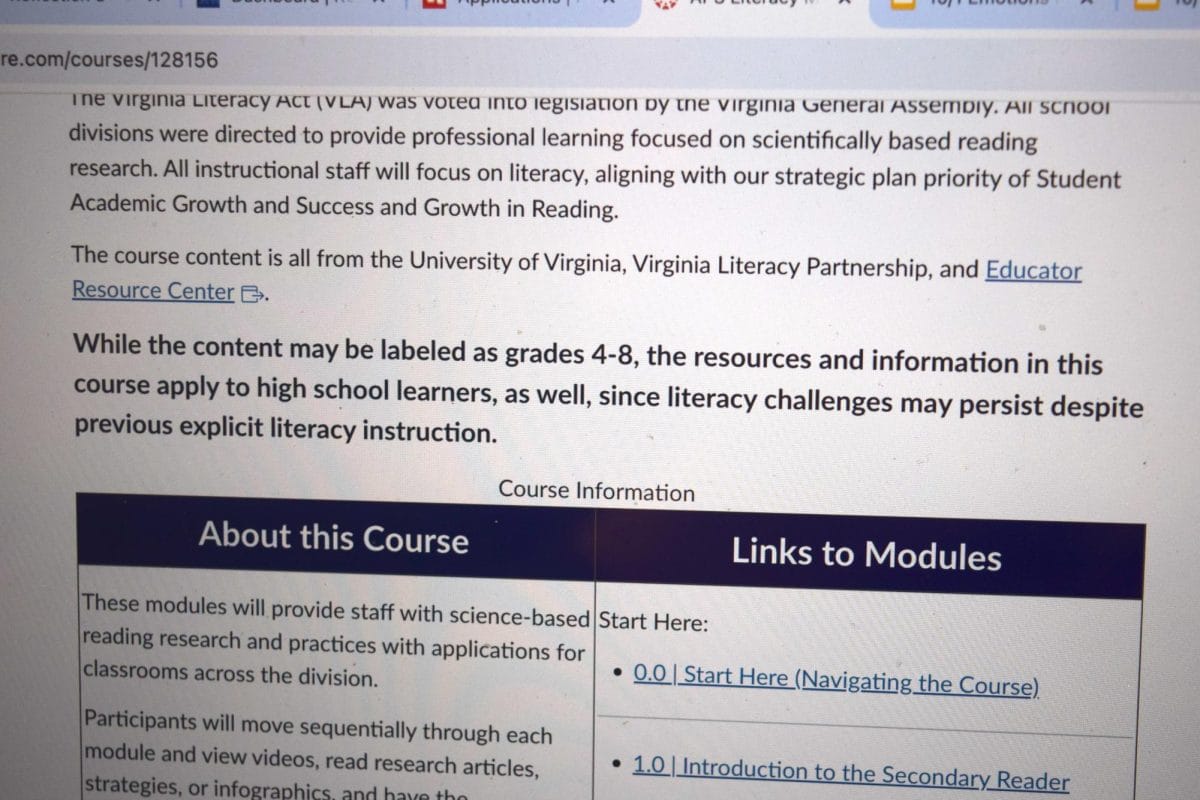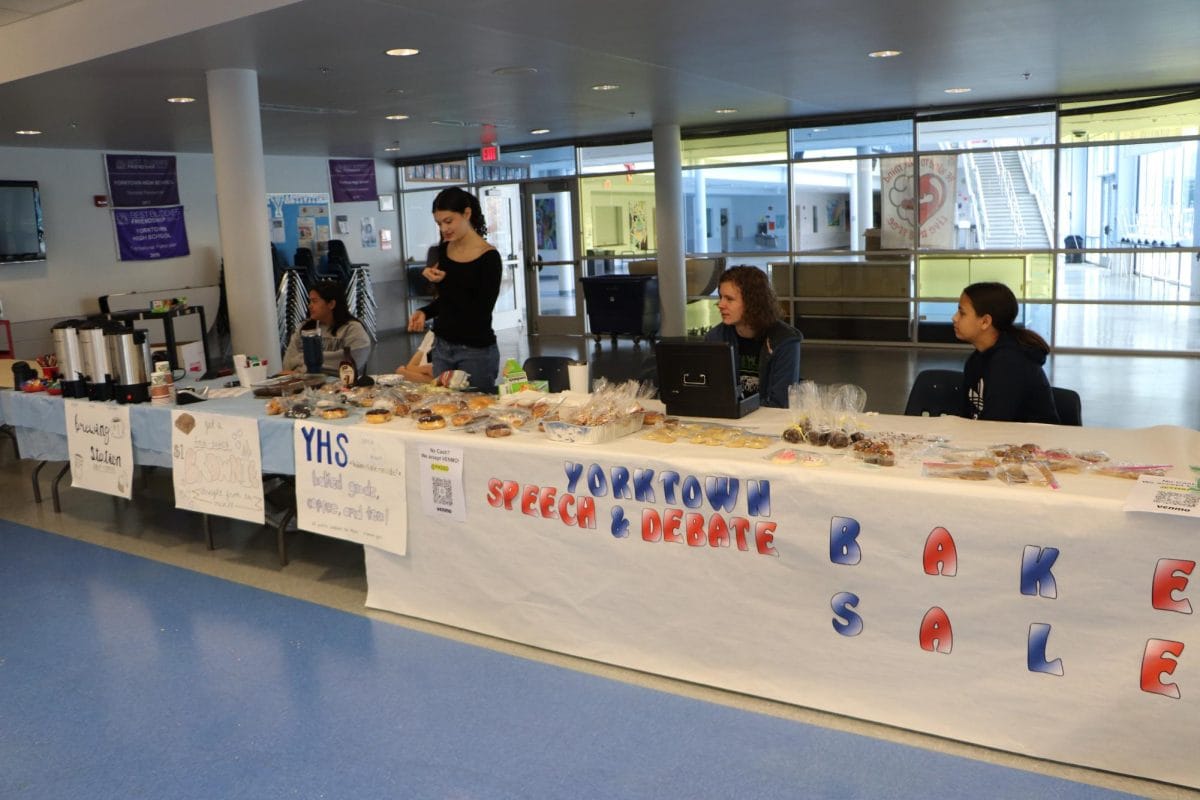Research conducted by Mothers Against Drunk Driving (MADD)— the nation’s largest nonprofit working to protect families from drunk driving and underage drinking—reveals that every 90 seconds, someone is injured from a drunk driving incident. Even more startling is the fact that every 53 minutes in America, someone is killed in a drunk driving crash. That equates to 27 people every day. In an age when media attention, commercial campaigns, health education and various foundations have taken up the mantle to warn against drunk driving, the idea that these statistics are still relevant and applicable can come as a surprise. After all, shouldn’t society be attuned to how reckless and irresponsible DUI is? As it turns out, on a community level, teenagers and adults often turn a blind eye to the problem and law enforcement is left picking up the pieces… sometimes literally. The sad truth is that on average, an alcoholically impaired person will drive 80 times under the influence before their first arrest. For this reason, it is high time we embrace the “it takes a village” mindset on a deeper level and address a national issue that has recently climaxed locally.
On Saturday, November 1, Dominik Liam Pettey— a senior at Gonzaga College High School— was killed in a crash on the Capital Beltway. Pettey, of Potomac, Maryland, had gone out with friends on Halloween night. Shortly before 2 a.m. Saturday, their Honda Accord ran out of gas on the Beltway’s Inner Loop. The seventeen-year-old and his four friends were pulled over on the shoulder near Persimmon Tree Road in Montgomery County when a Jeep Compass veered off the roadway and slammed into the car. Pettey was in the backseat and died at the scene. The driver of the Jeep has been identified as Margaret Christine Baisley, 24, who police declared to be “impaired” and was allegedly driving under the influence. The District of Columbia high school held a special prayer service Monday, November 3 to celebrate Pettey, whose passing has rocked the whole community and touched many families personally.
As a result of this tragic DUI case that has hit so close to home, conversation about drunk driving among youth groups, clubs, school communities and county board members has taken center stage. Arlington police recommend learning more about substance abuse and reviewing the laws that describe what constitutes drunk driving and the legal repercussions. Virginia Code § 18.2-266, “Driving motor vehicle, engine, etc., while intoxicated, etc.,” states:
“It shall be unlawful for any person to drive or operate any motor vehicle, engine or train (i) while such person has a blood alcohol concentration of 0.08 percent or more by weight by volume or 0.08 grams or more per 210 liters of breath as indicated by a chemical test administered as provided in this article, (ii) while such person is under the influence of alcohol…”
Virginia Code § 18.2-266.1. “Persons under age 21 driving after illegally consuming alcohol; penalty.” stipulates that it shall be unlawful for any person under the age of 21 to operate any motor vehicle after illegally consuming alcohol and that any such person with a blood alcohol concentration of 0.02 percent or more by weight is violating this law.
The penalties for drunk driving should not be taken lightly. For a first offense DUI case, adults face a minimum of five days in jail, with a minimum $250 dollar fine and a 1-year license suspension, in addition to the required Interlock Ignition Device (IID) installation. As a minor, the punishments are even more severe for a first drunk driving conviction and get progressively more extreme as offenses increase. Persons under the age of 21 face imprisonment for 10 days, fines between $500-1,000 dollars, 50 hours worth of community service and the standard one-year licence suspension. Juveniles could also be referred to rehabilitation or intervention programs with educational components that help students review their behavior, their relationships, and their knowledge to look for the links that led them to use prohibited substances.
Yorktown High School’s Resource Officer, Corporal Sean Bryson, has encountered many drunk driving cases in the Northern Virginia area during his 17 years of service for the Arlington Police Department. Through out his career he estimates to have made at least 30-40 DUI arrests and he describes the scenes of numerous fatal alcohol car accidents as truly “chilling experiences you can never forget as an officer.”
“These kinds of things stick with you for life. I still remember a case back in 1999 or 2000 where some juveniles were driving drunk in a car speeding the wrong way on Wilson Blvd. in Clarendon and ran into the Silver Diner. One of the kids was killed and other people were permanently injured,” said Bryson.
When prompted to speak on the recent DUI case and Pettey’s death, Bryson remarked that teenager accident stories tend to get a lot more news coverage and public outcry that adult drunk driving incidents do.
“You remember the horrible cases that involve the death of a juvenile at the scene of the accident. When this kind of stuff hits the radar, people pay attention. While it is human nature to have more emotional outpouring towards young people, we have to be careful not to let adult perpetrated incidents slip under the rug— this is a serious problem and it happens more often than you realize,” said Bryson.
Bryson also discussed the “Arlington Bubble” phenomena which suggests that many individuals get away with driving while intoxicated without causing accidents because they live in a small residential area and their destinations may only be a few blocks away. While fewer accident rates seem to bode well with the public, this problem undermines the issue as a whole. Arlingtonians and other Northern Virginians are statistically more inclined to repeat the DUI offense because they eluded punishment the first couple of times.
“There is a risk, the “X-factor” for drunk driving if you will. The more alcohol you consume, the more inexperienced you are as a driver and the greater the distance you have to travel to reach your destination make the risk increase and the “X” go up,” said Bryson.
Bryson also shared how police tend to see a spike in the number of DUI arrests during holiday seasons or school events, circumstances that also play into the “X factor” mentioned above. Parties and social gatherings mean greater numbers of people are driving on the roads late at night and many drivers are alcoholically impaired to some degree. To combat this, the Arlington Police Department protocol intensifies in an attempt to prevent accidents and catch offenders.
“The prom and holiday seasons can be nerve-wracking. For New Year’s and St. Patricks day, taxi services offer free rides, but this doesn’t eliminate our concern. Thankfully, Virginia’s state program is focused on combating drunk driving and just sent out an alert to multiple officers requiring them to work overtime on certain dates for the holiday season. We can have anywhere from six to eight extra officers per location patrolling in each shift whose only job is to catch drunk drivers,” said Bryson.
What is the Arlington School System doing to educate and inform young people about the risks attached to driving while under the influence of alcohol or drugs? Perhaps the better question is whether or not this preparation is effective at preventing underage drinking and ultimately DUI. Health and Physical Education teacher Claire Shreeve believes that APS should be doing more for its students in this area.
“When students are in health class in 9th and 10th grade, they are getting a lot of knowledge about the consequences and seriousness of underage drinking and risks of drinking and driving. Where I believe we are falling short is after they leave health class. Upperclassmen know underage drinking and drinking and driving are risky, but they have put it out of their minds because they stop learning about the dangers when they get out of health class,” said Shreeve.
When asked how teenagers can avoid dangerous situations that often accompany substance abuse, Shreeve believes there is no straight answer.
“It depends on the child and situation. In general, teenagers need to have a supportive network of friends and family. If people are supporting each other, they tend to help each other avoid situations that could be dangerous or affect their future. With a supportive group, a teen might be less likely to get pressured into doing something they don’t want to do. They also need to know the risks of a dangerous situation, so they know what to avoid. Lastly, teens need to be willing to talk to adults and get help, when needed, “ said Shreeve.
Bryson would certainly agree with Shreeve’s analysis and recommendations for young people.
“I cannot emphasize it enough— you have to plan and be cautious and use wisdom. Way too many times in my career I have had to make house calls to tell families that their child is dead. The pain that they go through is so raw. If people saw the parents’ faces, the grandparents crying on the floor, the confusion that hits because there is always a part of the story that doesn’t make sense, maybe that would change things. Until then, we must prioritize safety. That’s our bottom line.”











